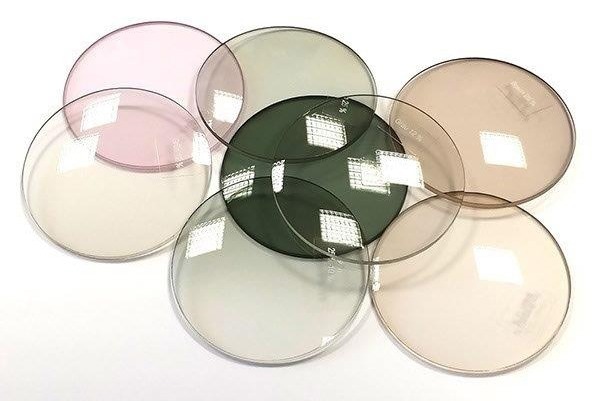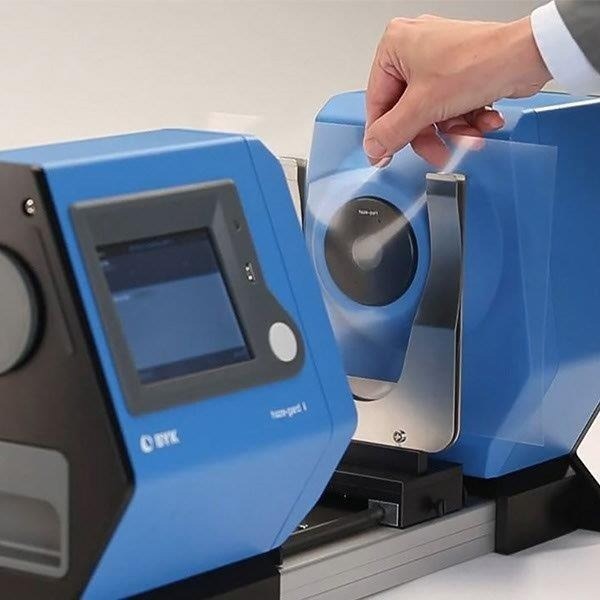This article delves into abrasion testing for ophthalmic lenses, emphasizing the critical property of abrasion resistance, which assesses their ability to withstand scratching. The ASTM F903 abrasion test will be applied to quantify this property. The article will also discuss haze measurement and how to employ the BYK-Gardner’s Haze-Gard i haze meter to evaluate the transparency of ophthalmic lenses.

Image Credit: Paul N. Gardner Company, Inc.
How to Test for Abrasion and Transparency
The abrasion test, also called the Bayer test, involves securing the lens in a holder and subjecting it to abrasion with a rotating abrasive wheel, adhering to specified load, speed, and cycle conditions.
The resulting abraded lens undergoes scrutiny for haze and scratches. Subsequently, the lens's transparency is gauged using the Haze-Gard i haze meter, a portable, handheld device that quantifies the light scattering from the lens.
While the abrasion test effectively measures normal abrasion and the abrasion resistance of ophthalmic lenses, it is essential to recognize its limitation—it does not replicate all potential sources of abrasion a lens may encounter during use.
For instance, abrasion from cleaning materials or contact with objects like eyeglasses can pose significant challenges not addressed by this test. Nevertheless, the abrasion test remains valuable for comparing the abrasion resistance of different lenses and screening for associated issues.

Image Credit: Paul N. Gardner Company, Inc.

Image Credit: Paul N. Gardner Company, Inc.
The Haze-Gard i haze meter proves invaluable in gauging the transparency of ophthalmic lenses. Its portability and user-friendly design make it suitable for quality control applications within the lens industry. The Haze-Gard i also extends its utility to measuring the haze of various transparent materials, including windows and plastics.
In summary, abrasion or Bayer testing emerges as a practical means to quantify the abrasion resistance of ophthalmic lenses. The Haze-Gard i stands out as a valuable tool in measuring the transparency of these lenses. By leveraging both methodologies, a more precise evaluation of the quality of ophthalmic lenses becomes attainable.

This information has been sourced, reviewed and adapted from materials provided by Paul N. Gardner Company, Inc.
For more information on this source, please visit Paul N. Gardner Company, Inc.